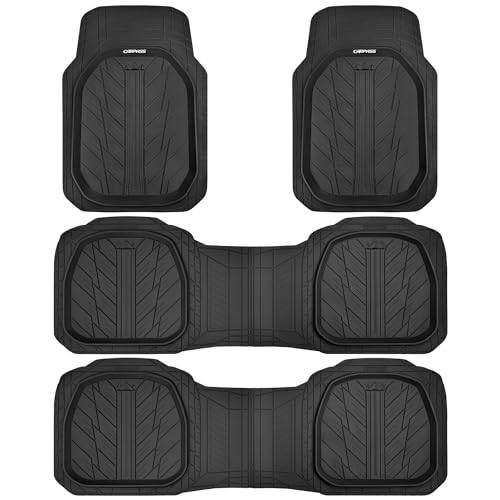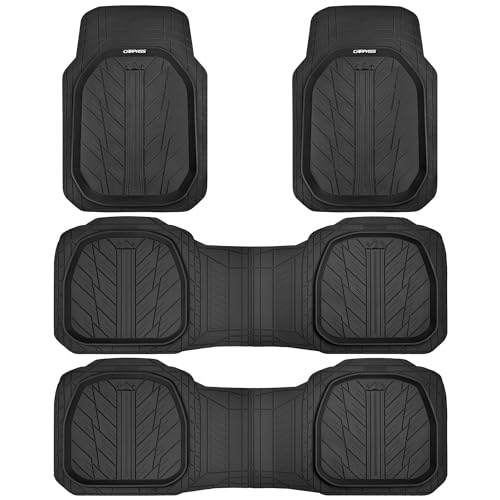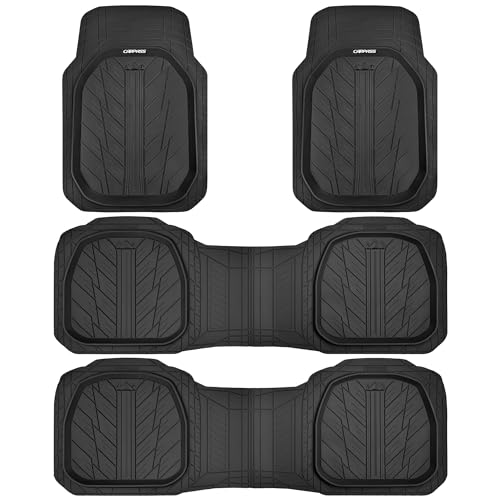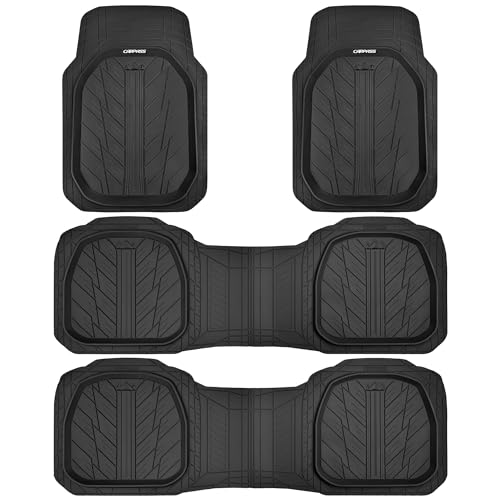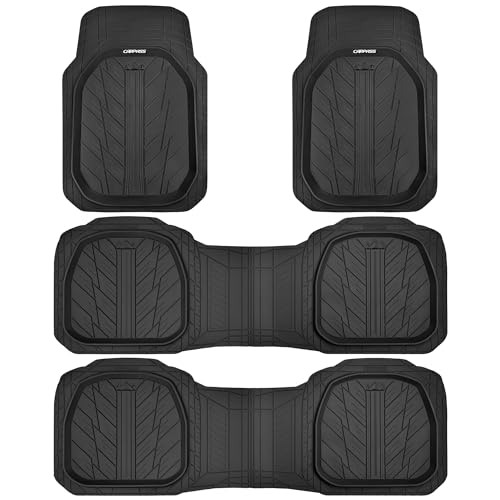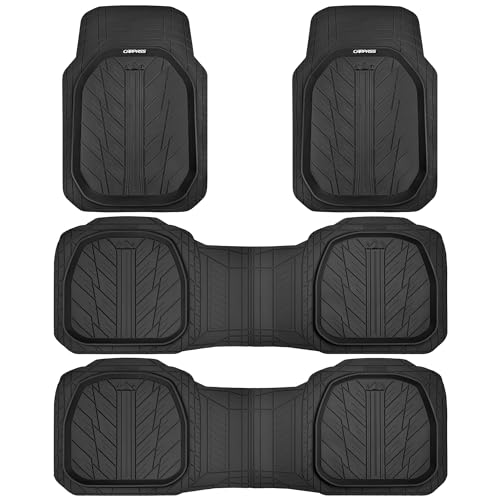Ever dreamed of crafting your own off-road beast? The iconic Mahindra Thar is a legend, known for its ruggedness and versatility. This guide won’t tell you how to build a Thar from scratch in your garage, but it will provide a deep dive into understanding the process, from design and engineering to sourcing parts and legal considerations involved in modifying or creating a vehicle inspired by the Mahindra Thar. You’ll learn about the challenges, the rewards, and the crucial steps to take if you want to embark on this ambitious project.
Designing Your Thar-Inspired Vehicle
This section outlines the initial steps in designing your custom vehicle, focusing on the aesthetics, structural integrity, and overall functionality inspired by the Mahindra Thar. We’ll look at how to approach sketching, choosing the right chassis, and understanding the importance of safety regulations.
Conceptualizing the Design
- Sketching and Blueprint Creation: Begin with initial sketches, focusing on the characteristic Thar silhouette – its boxy design, high ground clearance, and distinctive features. These sketches will form the base for more detailed blueprints.
- Chassis Selection: The chassis is the backbone of your vehicle. Choosing the right one – whether a custom-built frame or a modified existing one – is crucial for structural integrity and off-road capability. Consider factors like material strength and weight distribution.
- Engine and Drivetrain: This step involves researching compatible engine options, considering their power output, fuel efficiency, and suitability for off-road conditions. You will also need to plan the drivetrain, choosing between 4×4 and 2×4 configurations.
Engineering for Off-Road Performance
- Suspension System: A robust suspension system is critical for off-road capability. Research different types of suspensions, such as leaf springs or coil springs, and their respective benefits and drawbacks for your design.
- Ground Clearance and Approach/Departure Angles: High ground clearance is a hallmark of the Mahindra Thar. Calculate the necessary ground clearance and optimize approach and departure angles for superior off-road maneuverability. These angles determine how easily your vehicle can clear obstacles.
- Tire Selection: The right tires are essential for traction and stability. Consider the terrain you’ll be driving on when choosing tire size, tread pattern, and construction.
Sourcing Parts for Your Project
This section details the process of finding and acquiring the necessary components for your Thar-inspired build, emphasizing the importance of quality and compatibility. It covers everything from finding the right chassis to sourcing specialized off-road components.
Finding a Suitable Chassis
A suitable chassis is the foundation of your project. You could start with a readily available chassis from a suitable donor vehicle, modify it to your requirements, or even commission a custom-built frame. Consider factors such as material strength, weight capacity, and ease of modification.
Gathering Mechanical Components
- Engine and Transmission: Sourcing a suitable engine and transmission is crucial. Choose components that are compatible with the chassis and offer the desired power and performance. Consider factors such as reliability, maintenance costs and availability of parts.
- Axles and Differentials: Select robust axles and differentials designed for off-road use. These components must withstand the stresses of challenging terrain. Consider locking differentials for improved traction in difficult conditions.
- Suspension Components: Sourcing high-quality suspension components is crucial for a comfortable and capable ride. Research different spring and shock absorber options to meet your specific requirements.
Legal Considerations and Regulations
Building a custom vehicle involves navigating various legal hurdles. This section will address important aspects of compliance, ensuring your vehicle is roadworthy and legally permissible.
Registration and Licensing
Registering and licensing a custom-built vehicle varies depending on location. Thoroughly research the relevant regulations in your area to understand the necessary documentation and inspections required. These often include providing detailed specifications, undergoing safety checks and obtaining the correct registration.
Safety Standards and Inspections
- Safety Equipment: Ensure your vehicle meets all safety standards, including requirements for seat belts, lighting, and braking systems. These vary depending on the regulations in your jurisdiction. Compliance is not only legally required but crucial for your safety.
- Emission Standards: Check the emission standards in your area and ensure your chosen engine complies. Many jurisdictions require vehicles to meet stringent emission standards. Failure to comply can result in penalties.
- Insurance: Securing appropriate insurance is vital. Contact insurance providers to discuss coverage for custom-built vehicles. Many insurers will have specific requirements and guidelines for custom builds.
Assembling and Testing Your Vehicle
This section guides you through the process of assembling the vehicle, testing, and fine-tuning it for optimal performance. It underscores the importance of meticulous work and rigorous testing.
Step-by-Step Assembly
- Chassis Preparation: Begin by thoroughly cleaning and preparing the chassis, ensuring it’s free of rust or damage.
- Installing the Engine and Transmission: Carefully install the engine and transmission, ensuring proper alignment and secure mounting.
- Suspension and Axle Installation: Install the suspension and axles, ensuring they are correctly aligned and functioning correctly.
- Bodywork and Finishing: Finally, attach the body panels and complete the finishing touches, including painting and interior detailing.
Testing and Fine-Tuning
Rigorous testing is crucial after assembly. Start with low-speed testing to identify and resolve any mechanical issues. Gradually increase speed and test the vehicle’s performance under various conditions, including off-road scenarios.
| Test Phase | Description | Goal |
|---|---|---|
| Initial Run | Low-speed testing on a flat, paved surface. | Identify and fix mechanical issues, assess basic functionality. |
| Off-Road Testing | Testing on varied terrain: mud, gravel, inclines. | Evaluate suspension performance, traction, and overall off-road capabilities. |
| High-Speed Testing | Testing at higher speeds on paved surfaces. | Assess the vehicle’s stability and handling at higher speeds. |
FAQ
What kind of welding skills are needed?
Advanced welding skills are essential for various parts of the construction, particularly for the chassis and bodywork. You should have experience with multiple welding techniques and materials. Consider professional assistance for critical welding tasks.
How much will this project cost?
The cost varies greatly depending on the components and modifications chosen. Expect a significant investment, possibly tens of thousands of dollars, depending on the level of customization and the quality of parts used.
What are the common pitfalls to avoid?
Common pitfalls include inadequate planning, using low-quality components, overlooking safety regulations, and neglecting proper testing. Thorough planning and research are key to avoid these problems.
Where can I source unique parts?
Specialty off-road parts suppliers, online marketplaces, and salvage yards can be great sources for unique parts. You may also need to custom fabricate some components.
Is it legal to build a car from scratch?
The legality depends on your location. Regulations vary considerably by country and region. Always check your local regulations before commencing construction.
What certifications are required?
This depends entirely on your location and the regulations in force. Be sure to check with the relevant authorities in your area, as various certifications relating to roadworthiness and safety might be required before licensing.
Do I need engineering expertise?
While not strictly mandatory, engineering expertise is highly recommended, especially for critical aspects like chassis design, suspension setup, and overall structural integrity. Consulting with a qualified engineer is strongly advised.
Final Thoughts
Building a vehicle inspired by the Mahindra Thar is a challenging but rewarding undertaking. It requires meticulous planning, advanced technical skills, significant financial investment, and a deep understanding of vehicle engineering and safety regulations. Remember to prioritize safety throughout the process and ensure compliance with all legal requirements. If you approach the project methodically and with the right preparation, you can create a unique and capable off-road vehicle. Now, get started on your design sketches!

